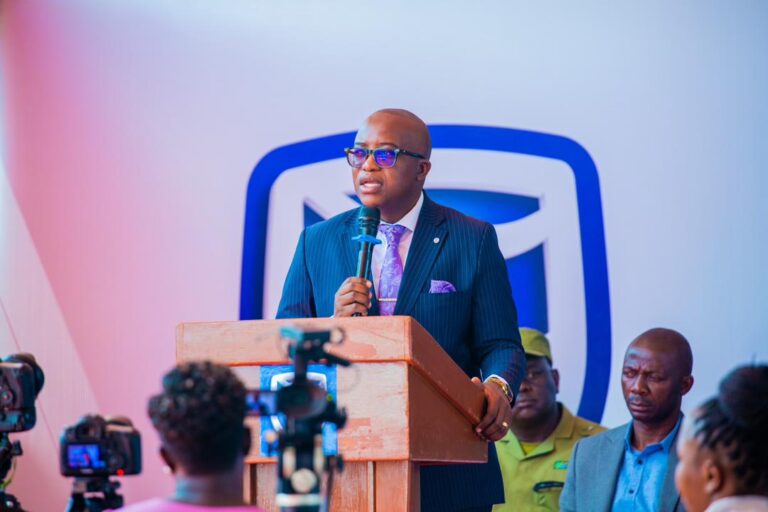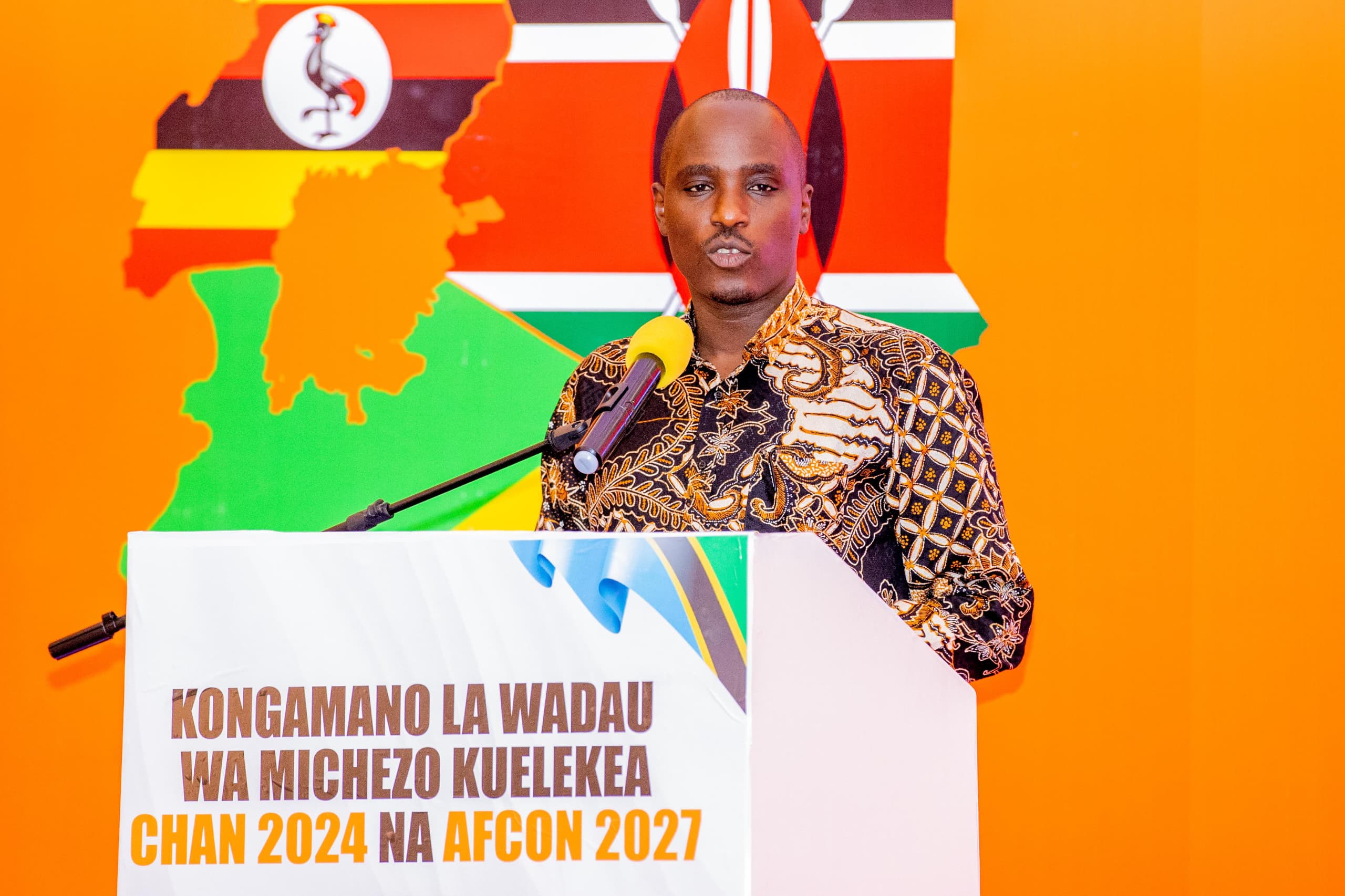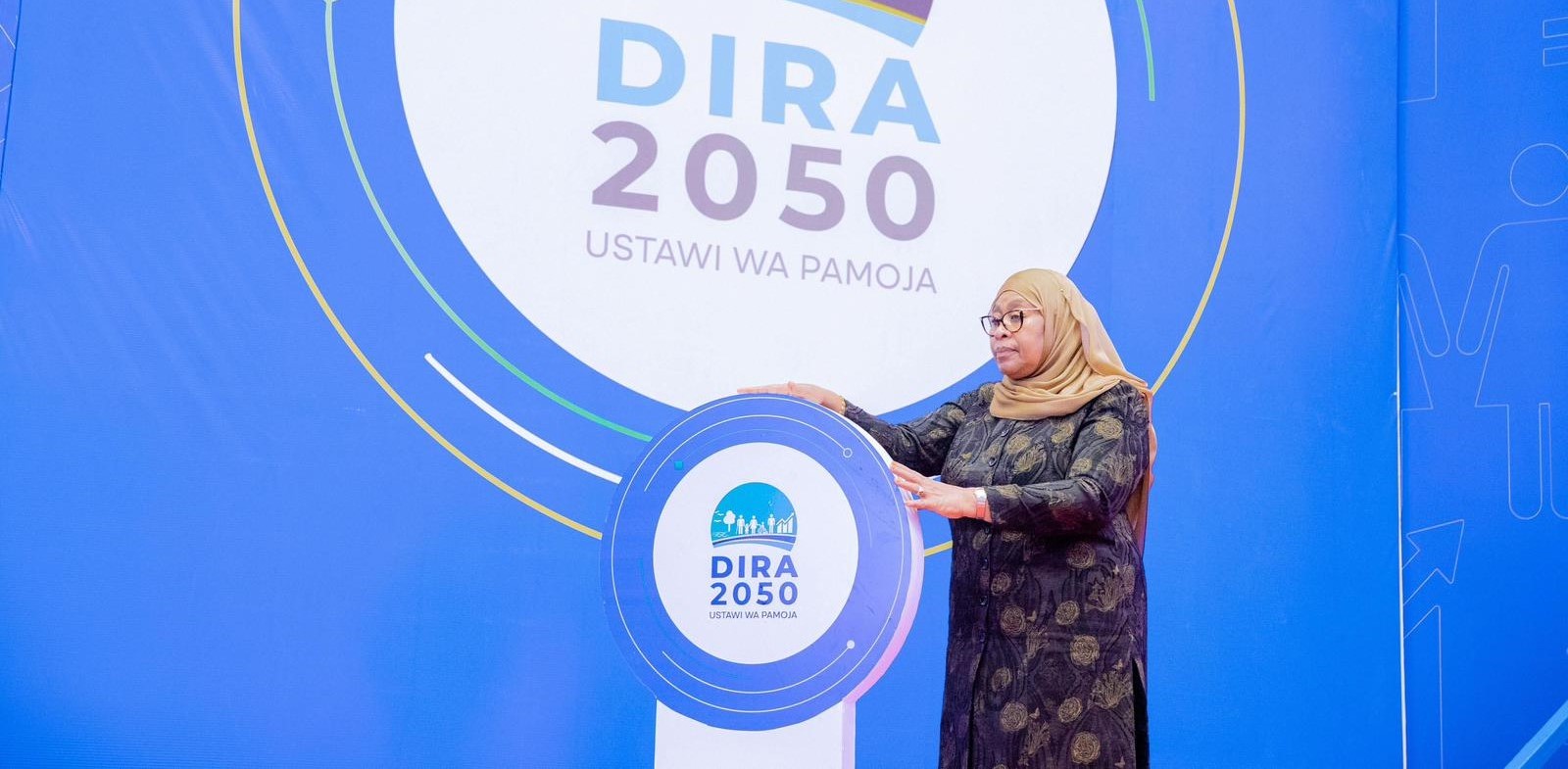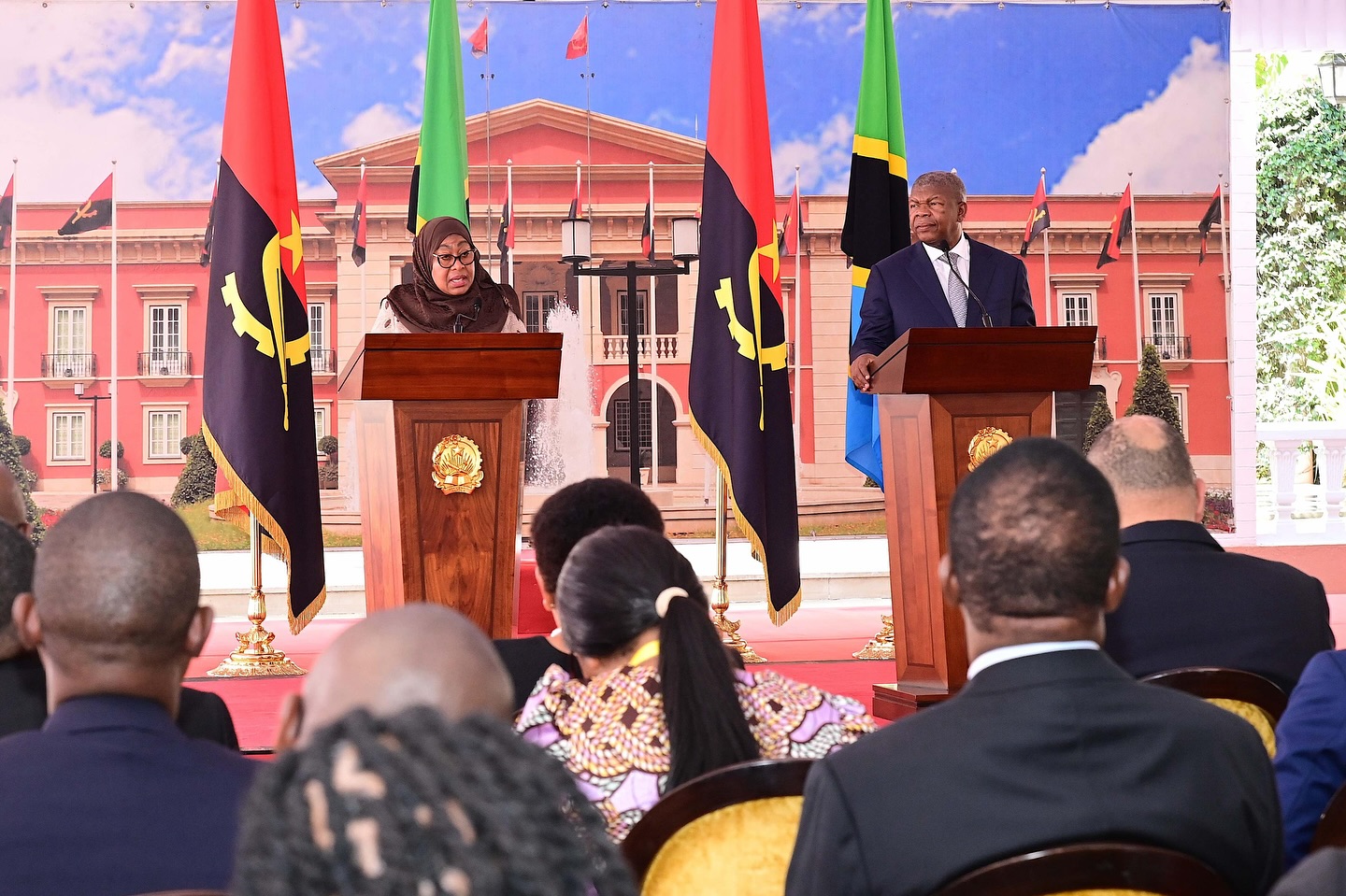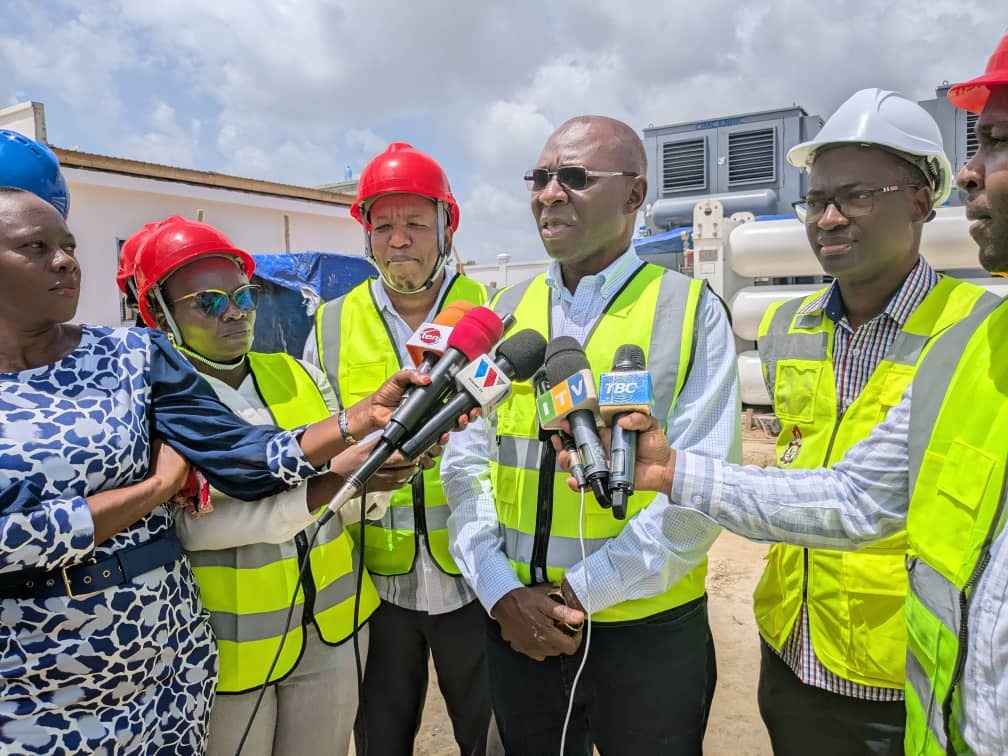Dar es Salaam. In Geita, a region long known for its gold-rich resources and industrial ambition, a transformative idea was unveiled on Saturday, May 17, 2025—the introduction of gold coins as a tool for public investment and savings, which will eventually be rolled out across Tanzania.
This initiative is more than just a financial reform; it’s a bold move aimed at strategically involving Tanzanians in the value chain of their country’s most precious natural resource: gold.
During the inauguration of a new Stanbic Bank branch in Geita, Minister for Minerals, Mr Anthony Mavunde, unveiled the government’s plan to launch a gold coin sales initiative.
This effort is being developed in close collaboration with the Bank of Tanzania (BOT), with ongoing discussions to determine the most effective ways to roll out the initiative as a new form of public investment and savings.
“The Ministry, in partnership with the Bank of Tanzania, is working on mechanisms to introduce gold coins to increase gold ownership among citizens, strengthen the domestic gold market, and foster economic circulation,” said Mr Mavunde.
This move is part of a broader suite of reforms aimed at improving the national gold purchasing program, led by the Central Bank. The government envisions creating a sustainable and inclusive system for acquiring gold that directly benefits both the national economy and everyday Tanzanians.
President Samia Suluhu Hassan’s leadership has already made a remarkable impact: Tanzania’s mining sector, which contributed 10.1 percent to the national GDP in 2024—one year ahead of the target—has played a pivotal role in driving economic growth.
Mr Mavunde attributed this success to strong policy direction and effective governance.
The gold coin initiative is aligned with the country’s broader goals: strengthening the domestic gold market, enhancing public access to gold ownership, and improving the circulation of money within Tanzania’s economy.
It’s a visionary approach, designed to democratize gold investment—an area traditionally reserved for the elite and international investors.
But this is not just about coins—it’s about access, empowerment, and trust in Tanzania’s institutional frameworks.
Challenges and Comparisons: Lessons from South Africa and India
While Tanzania’s ambitious gold coin initiative holds great promise, it is essential to reflect on similar efforts undertaken elsewhere.
Both South Africa and India offer valuable insights into the opportunities and obstacles of integrating gold into public financial systems.
In South Africa, the South African Reserve Bank has introduced a gold coin system as a savings mechanism for citizens, allowing them to hold gold as a store of value.
However, mass adoption of the system faced challenges.
Public education on the value and benefits of holding gold coins proved crucial to building confidence in the program.
Without adequate trust in the new financial system, the initiative struggled to reach its full potential.
India, on the other hand, has a long-established tradition of incorporating gold into its financial ecosystem.
Government-authorized gold coins, backed by the Bureau of Indian Standards (BIS), have provided a secure and transparent investment option for citizens.
The success of these coins is largely attributed to the strong public trust in government-backed financial products and a growing understanding of gold as a reliable, stable asset.
Additionally, India’s efforts to simplify the process of acquiring gold through official channels have made gold more accessible across all segments of society, further reinforcing the strength of its domestic gold market.
For Tanzania, ensuring the success of the gold coin initiative will require overcoming similar challenges.
Public education will be essential—not only to build trust in the coins’ value but also to equip citizens with the knowledge to use them effectively as tools for savings and investment.
Moreover, making the coins physically and financially accessible will be critical to achieving broad-based adoption.
Strategic partnerships for financial Inclusion
At the same event, Stanbic Bank Tanzania, led by Acting CEO Fredrick Maxi, underscored its commitment to the mining sector by opening its 15th branch in Geita.
This expansion reflects the bank’s deeper strategy to be a financial enabler in mining regions, where informal finance has historically dominated.
Stanbic has also introduced low-interest, collateral-free loans of up to Sh115 million for small-scale miners.
This initiative has the potential to reshape the mining sector in Tanzania, which has long been hampered by a lack of capital and restrictive lending practices.
“We recognize the unique dynamics of the mining sector,” said Mr. Maxi.
“Our focus is to create tailored financial solutions that foster economic participation and growth.”
By de-risking lending for artisanal miners, Stanbic is signaling a shift in how financial institutions view informal economic actors—not as high-risk outliers, but as crucial partners in national development.
Regional Growth and Governance: A Collaborative Effort
Geita’s Regional Commissioner, Mr Martin Shigela, praised the initiative as a reflection of the Sixth Phase Government’s pro-development agenda. He urged citizens to embrace the opportunities at hand, stressing the importance of active engagement in the development process.
This interaction between policy, finance, and public participation is the essence of the story unfolding in Geita.
The government is not simply offering resources—it is building an empowering framework, one that encourages financial discipline and active participation from all Tanzanians.
A Vision for national transformation
Behind this policy lies the broader vision of a national economic transformation.
Tanzania is shifting from being a raw resource exporter to becoming a value-driven economy, where gold is no longer just a mineral to be mined, but a financial instrument that could benefit all Tanzanians.
If executed well, the gold coin initiative could become a model for resource-backed national savings systems across Africa.
It represents a symbolic moment in Tanzania’s development: just as gold is extracted from the earth, the nation seeks to unlock its potential within its people.
Gold coins could transform from being simply stored wealth into an active, circulating force in businesses, communities, and the hopes and dreams of the nation’s citizens.

